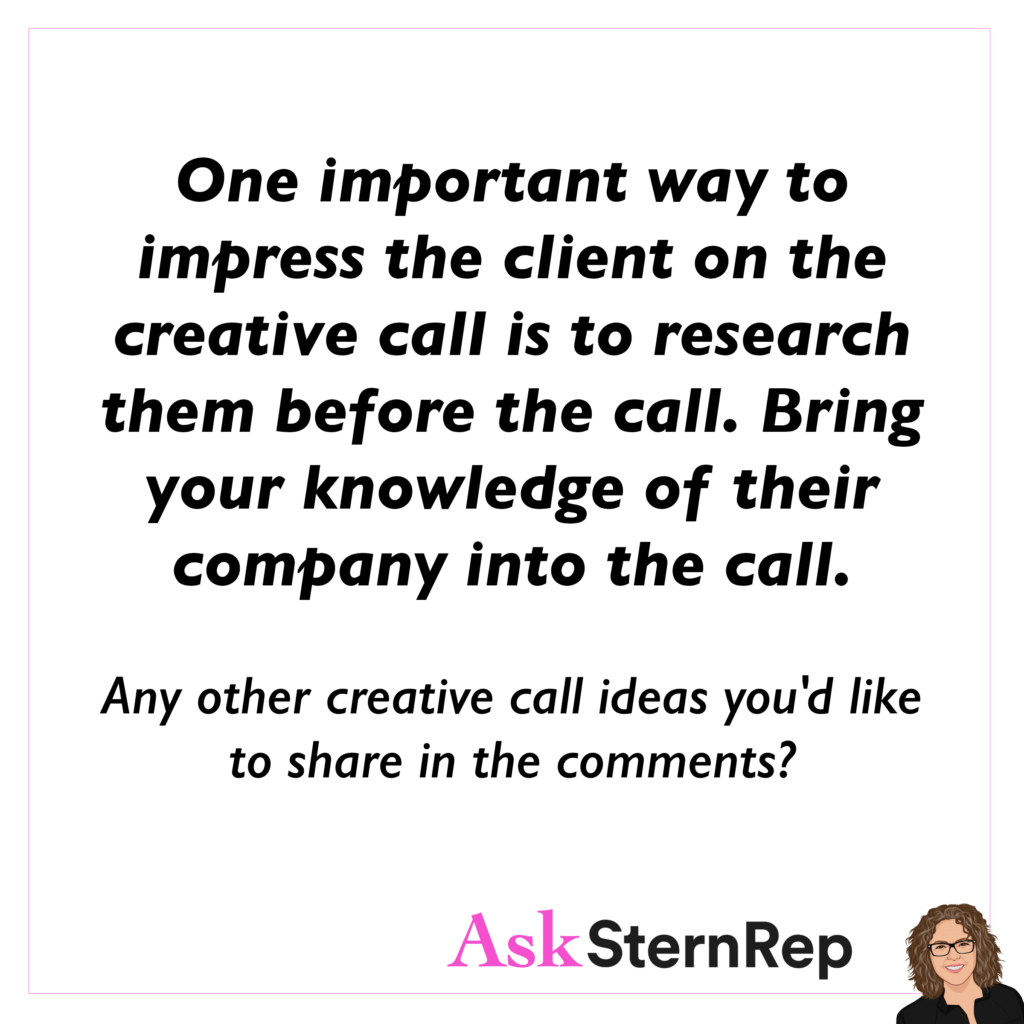
One important way to impress the client on the creative call is to research them before the call. Bring your knowledge of their company into the call.
Any other creative call ideas you’d like to share in the comments?

One important way to impress the client on the creative call is to research them before the call. Bring your knowledge of their company into the call.
Any other creative call ideas you’d like to share in the comments?
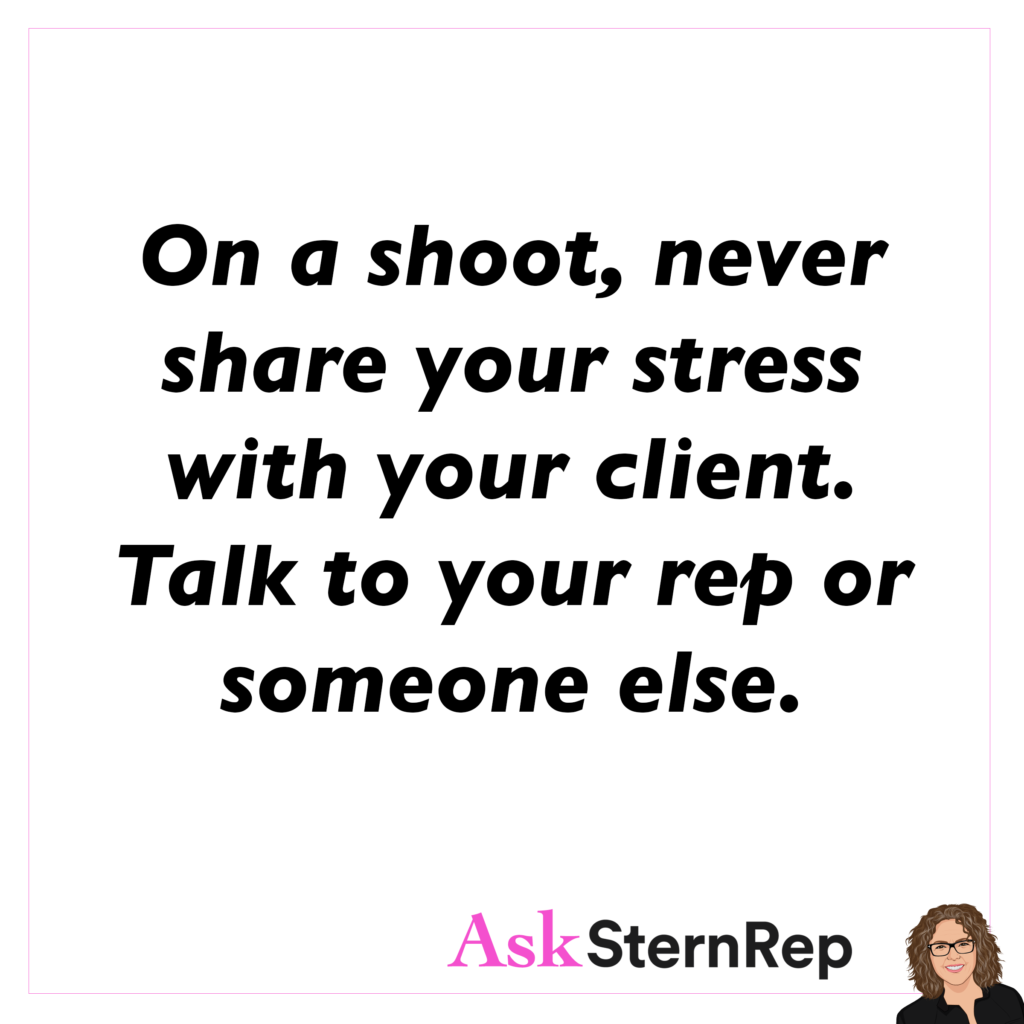
On a shoot, never share your stress with your client. Talk to your rep or someone else.
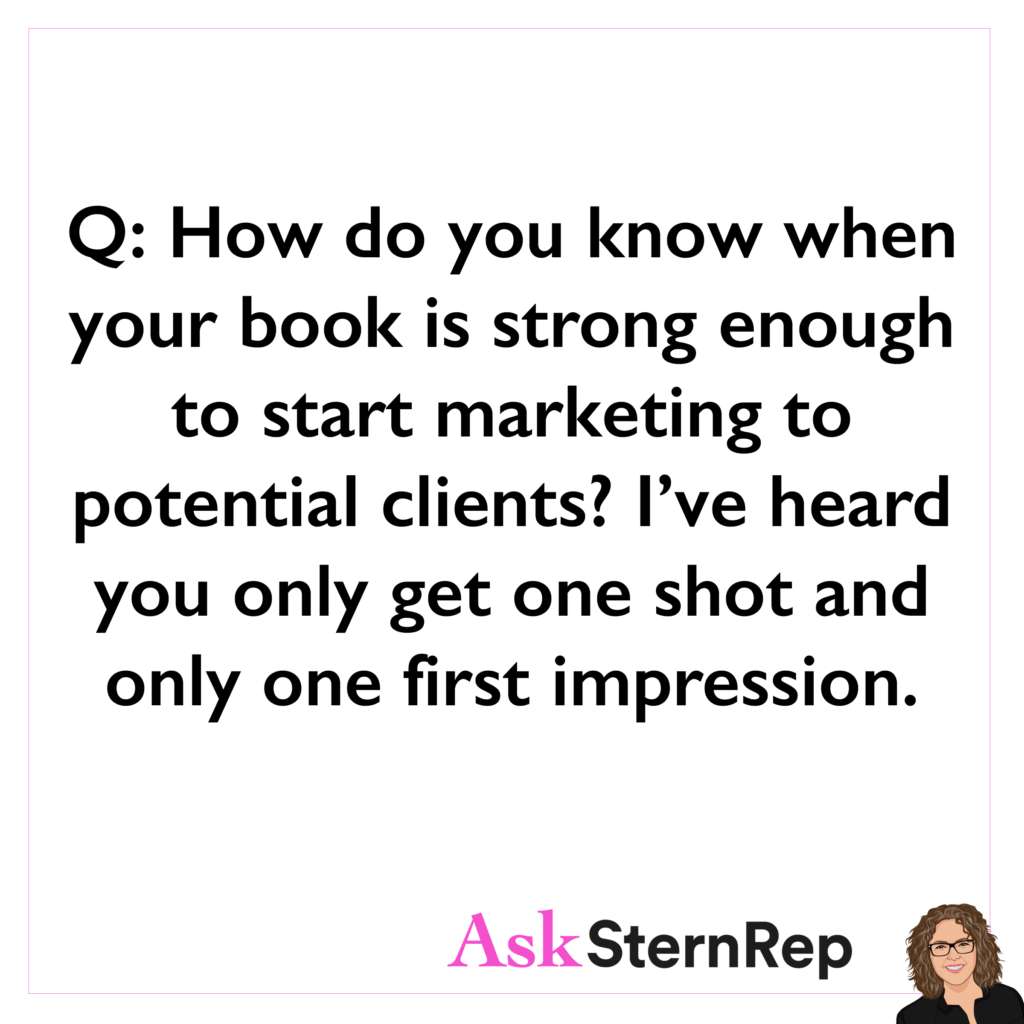
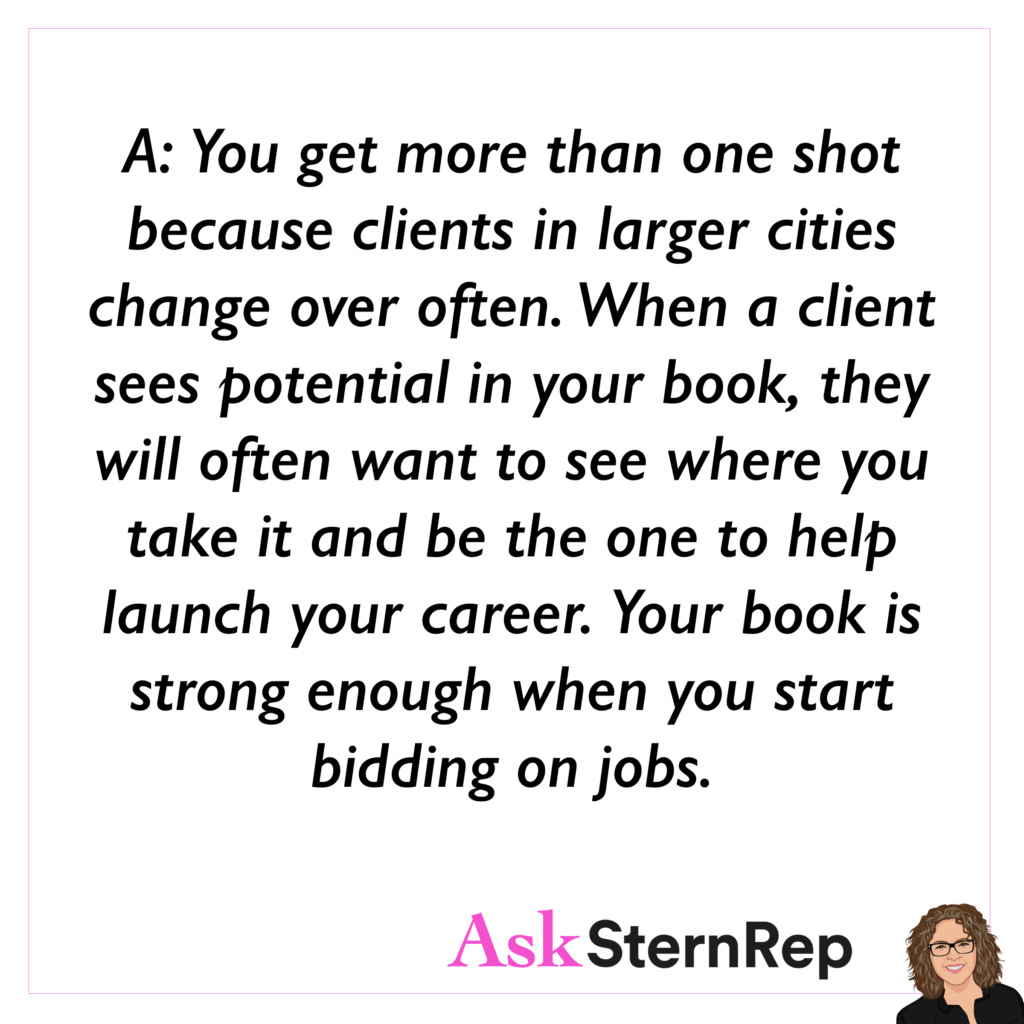
How do you know when your book is strong enough to start marketing to potential clients? I’ve heard you only get one shot and only one first impression.
You get more than one shot because clients in larger cities change over often. When a client sees potential in your book, they will often want to see where you take it and be the one to help launch your career. Your book is strong enough when you start bidding on jobs.
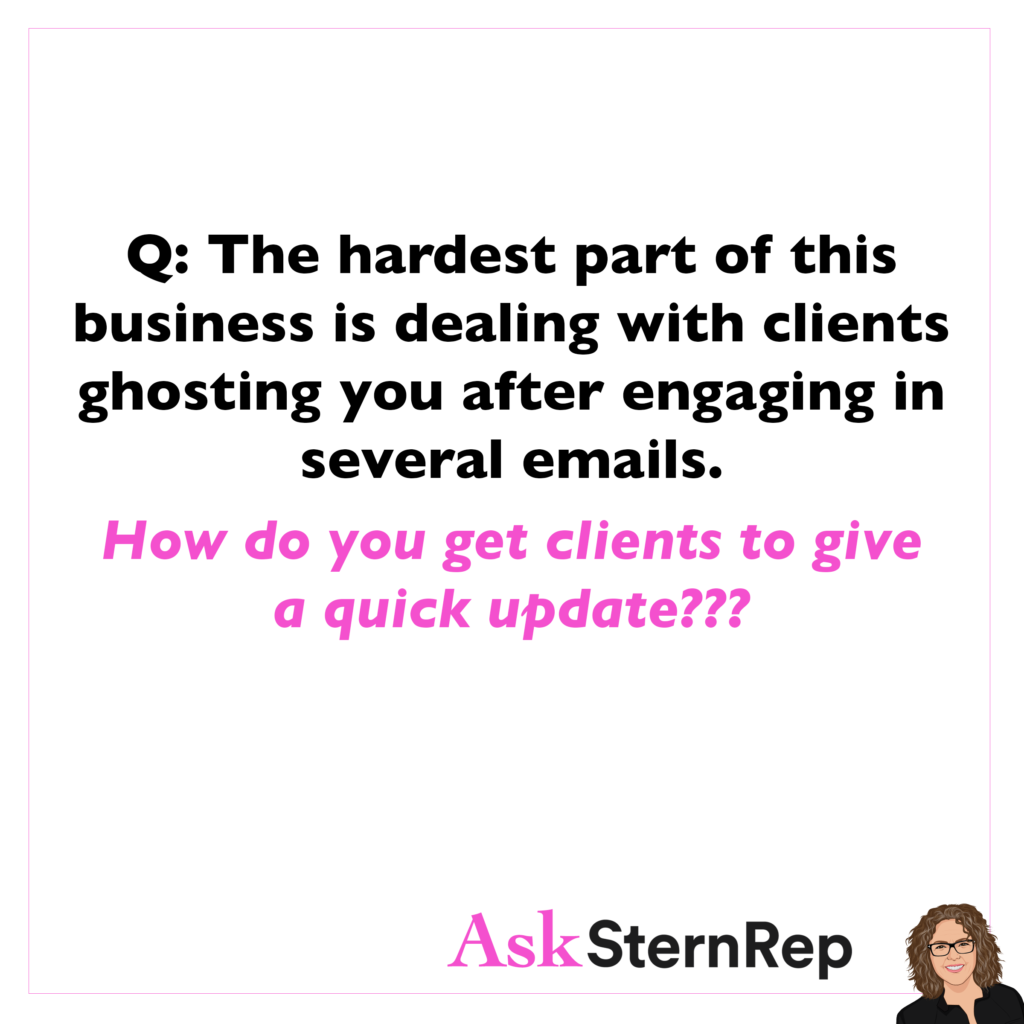
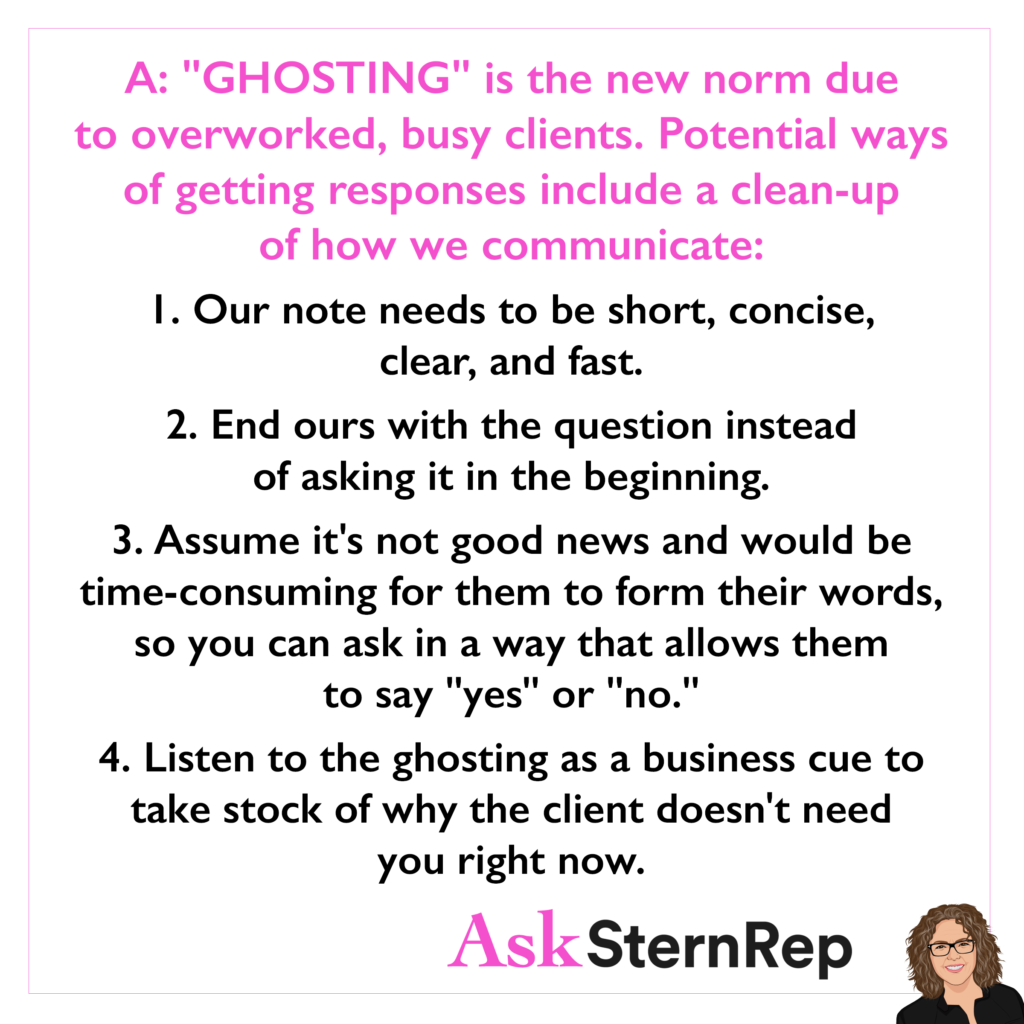
The hardest part of this business is dealing with clients ghosting you after engaging in several emails.
How do you get clients to give a quick update???
“GHOSTING” is the new norm due to overworked, busy clients. Potential ways of getting responses include a clean-up of how we communicate:
1. Our note needs to be short, concise, clear, and fast.
2. End ours with the question instead of asking it in the beginning.
3. Assume it’s not good news and would be time-consuming for them to form their words, so you can ask in a way that allows them to say “yes” or “no.”
4. Listen to the ghosting as a business cue to take stock of why the client doesn’t need you right now.
When we don’t hear back from clients after submitting our bid for the job, I can almost guarantee (most often) that it is because they don’t have a budget anywhere close to our total. Assume that- before spending too much time and effort trying to follow up to make the job happen.
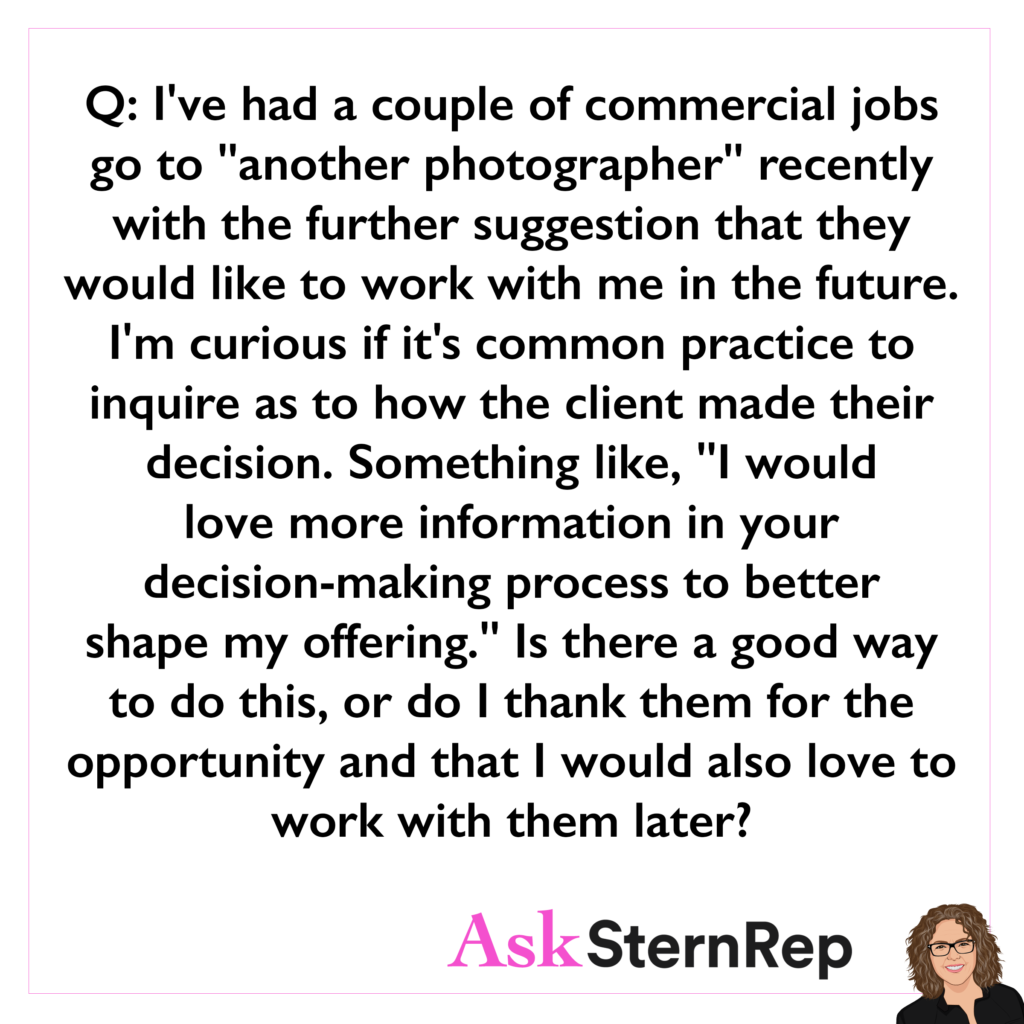

I’ve had a couple of commercial jobs go to “another photographer” recently with the further suggestion that they would like to work with me in the future. I’m curious if it’s common practice to inquire as to how the client made their decision. Something like, “I would love more information in your decision-making process to better shape my offering.” Is there a good way to do this, or do I thank them for the opportunity and that I would also love to work with them later?
We all want honest client feedback, but the truth is, it’s almost impossible to get. I tend to get the real story when I know them personally, and it’s a one-on-one discussion instead of an email. You can ask, but unfortunately, I see it as a more general nicety that will not be taken seriously on their end. The best way I know to handle this is to find out who did get the job. You then look at their site to make a comparison. See what they focus on, their overall streamlined style, and what we can learn from this comparison.
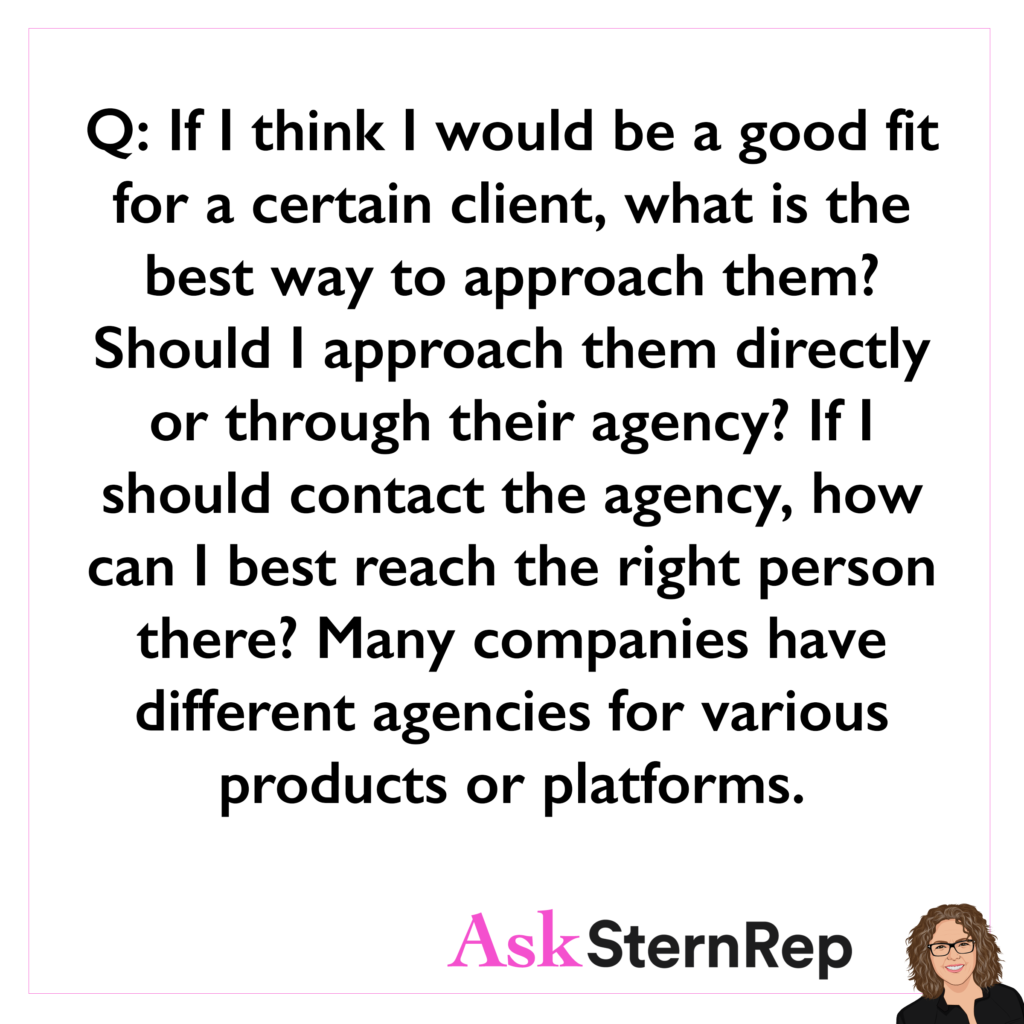

If I think I would be a good fit for a certain client, what is the best way to approach them? Should I approach them directly or through their agency? If I should contact the agency, how can I best reach the right person there? Many companies have different agencies for various products or platforms.
Yes, approach the client directly and also get in touch with their agency. Try as many ways as you can think of. Be creative and innovative; find ways to get their attention. To find the right person, ask around. I highly recommend LinkedIn, as people tend to respond to it. Go get ‘em!
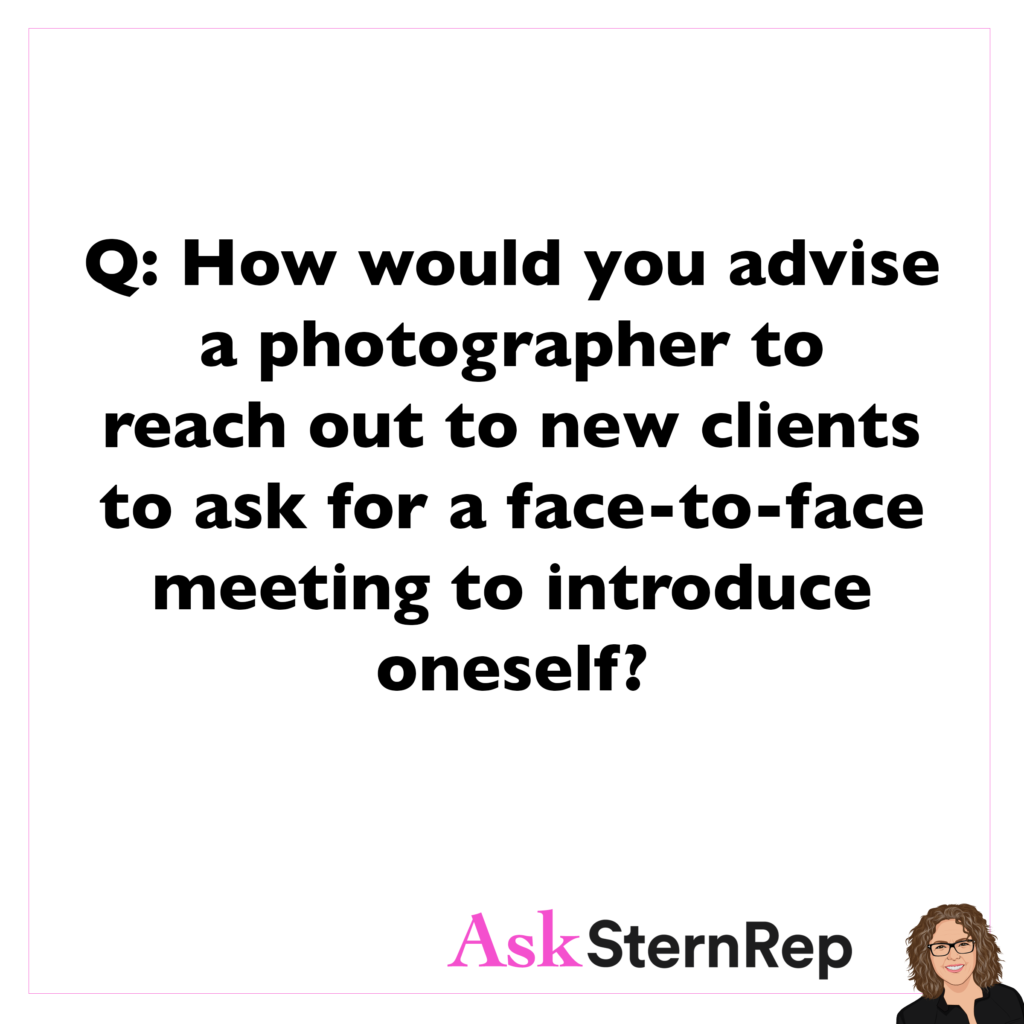
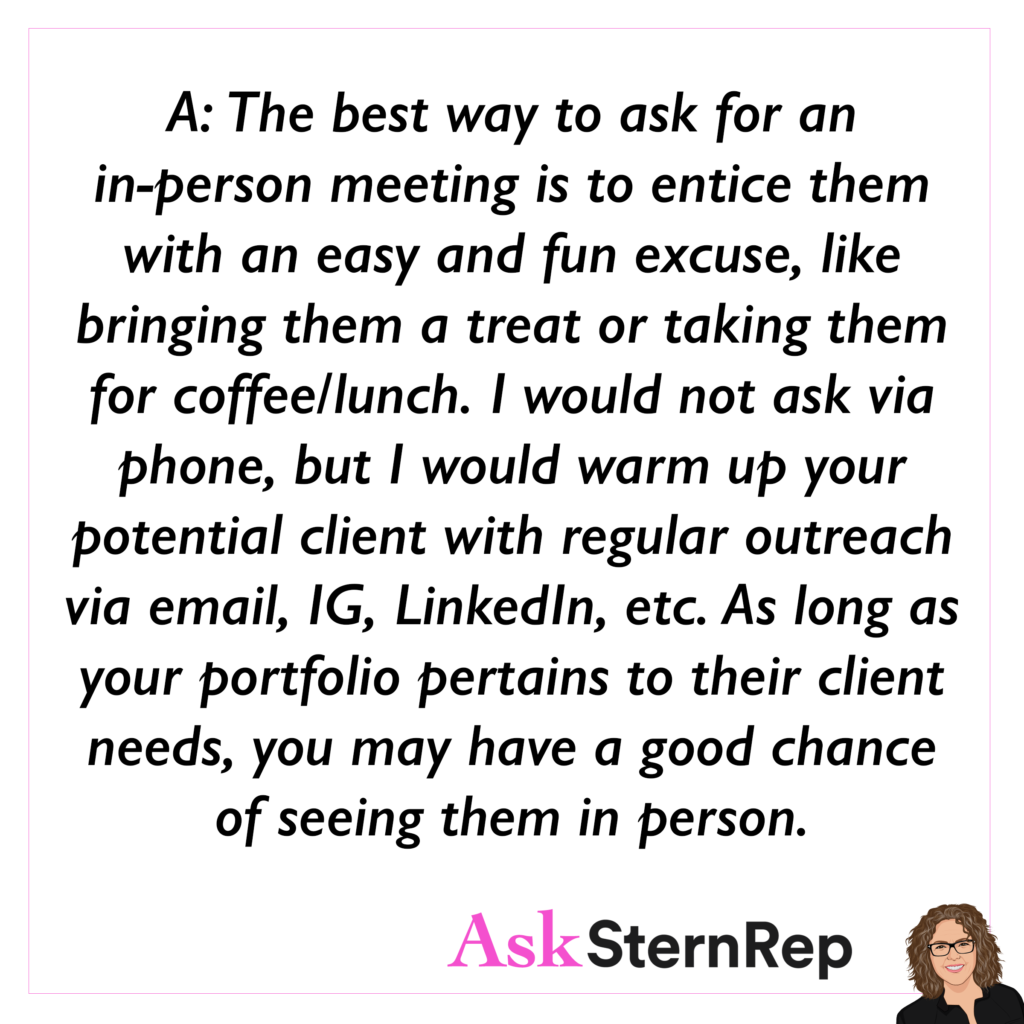
How would you advise a photographer to reach out to new clients to ask for a face-to-face meeting to introduce oneself?
The best way to ask for an in-person meeting is to entice them with an easy and fun excuse, like bringing them a treat or taking them for a coffee/lunch. I would not ask via phone, but I would warm up your potential client with regular outreach via email, IG, LinkedIn, etc. As long as your portfolio pertains to their client needs, you may have a good chance of seeing them in person.
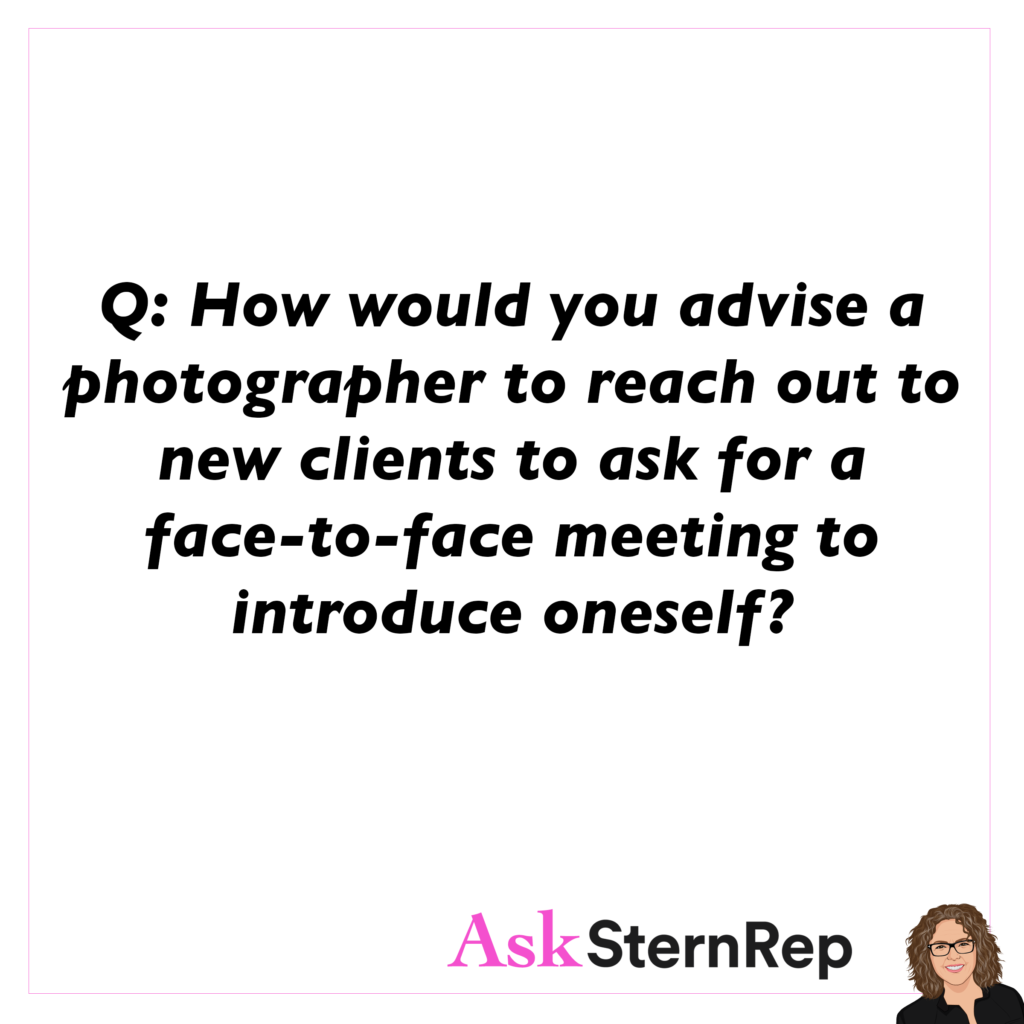
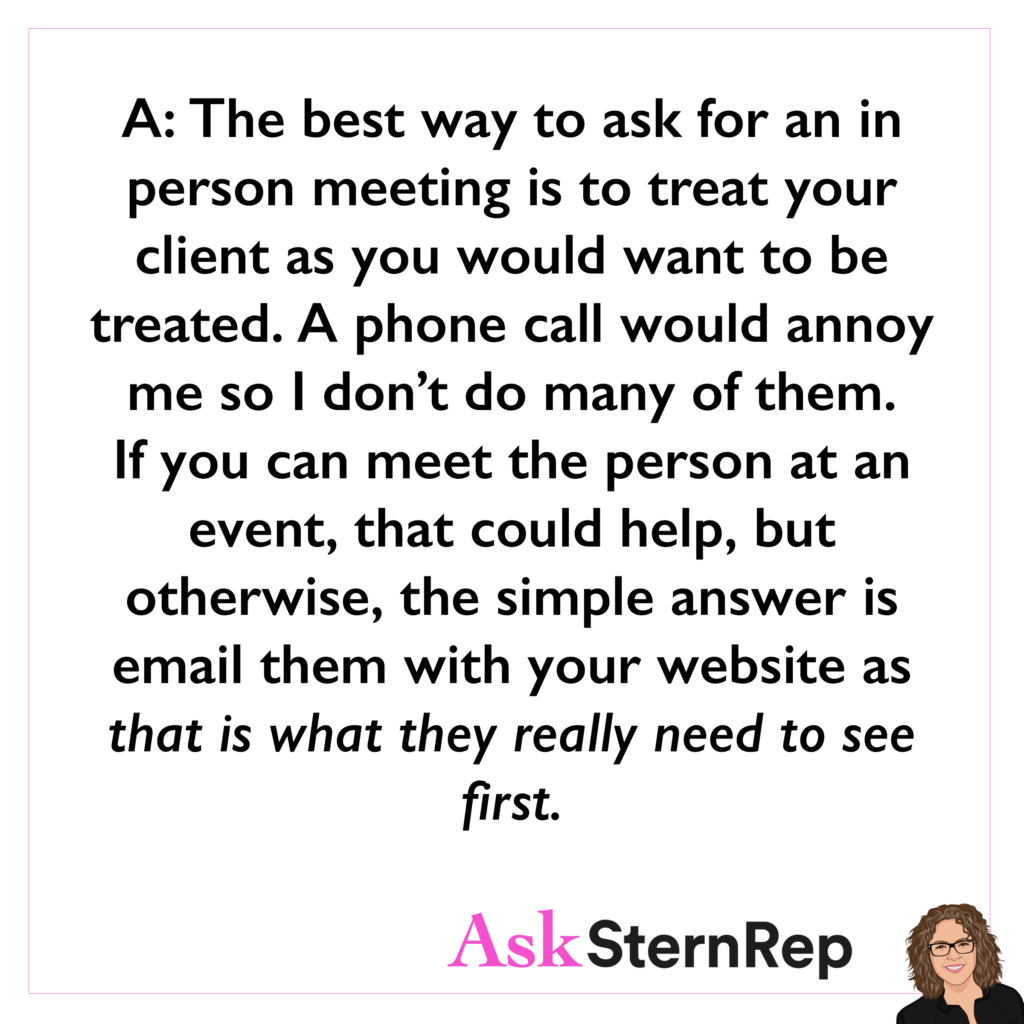
How would you advise a photographer to reach out to new clients to ask for a face-to-face meeting to introduce oneself?
The best way to ask for an in-person meeting is to treat your client as you would want to be treated. A phone call would annoy me so I don’t do many of them. If you can meet the person at an event, that could help, but otherwise, the simple answer is email them with your website as that is what they really need to see first.
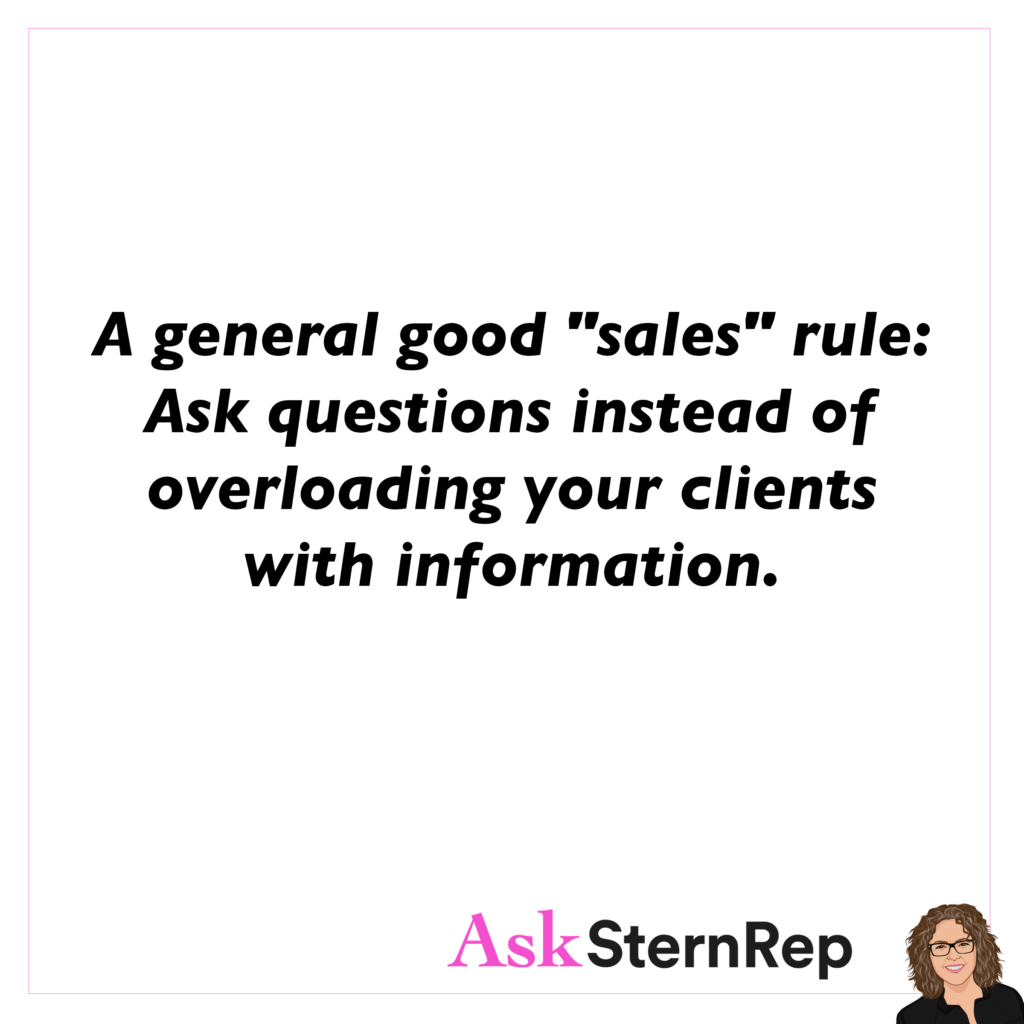
A general good “sales” rule: Ask questions instead of overloading your clients with information.